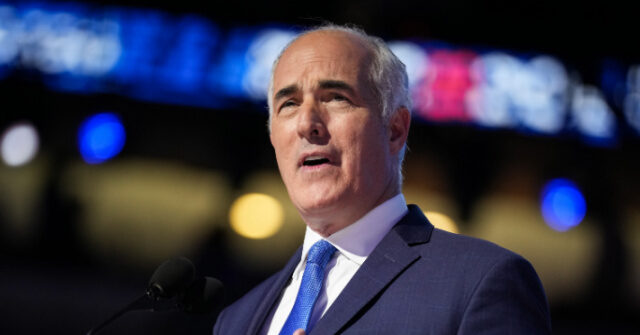
What if the key to solving our urban crises, such as housing shortages, traffic congestion, and wealth inequality, lies not in more government intervention, but in the principles of free-market economics? Market urbanism offers a bold vision for our cities, one that harnesses competition and individual choice to create livable, thriving environments. As traditional planning methods falter, it’s time to utilize market-driven solutions to reshape our urban landscapes for the better.
At its core, market urbanism posits that cities work best through bottom-up, private sector activity rather than centralized government planning.
This concept, rooted in classical liberal economic principles, offers a compelling alternative to the status quo of urban development.
One of the most pressing urban issues today is the shortage of affordable housing. Conventional wisdom often blames developers and market forces for rising home prices. However, a closer examination reveals that government regulations, particularly restrictive zoning laws, are the primary culprits behind housing unaffordability. These regulations limit housing supply, driving up costs and exacerbating inequality.
Market urbanism calls for a significant relaxation or even abolition of these restrictive zoning laws. By allowing developers to build more densely and flexibly, cities can increase housing supply and naturally bring down prices. This isn’t just theory – real-world data supports this approach. Metros known for their more permissive building regulations consistently show lower median home prices compared to heavily regulated markets.
For instance, Houston, known for its relatively lax zoning laws, issued 88.3 building permits per 10,000 residents in 2019. In contrast, New York City issued only 30.4 permits per 10,000 residents. Unsurprisingly, Houston’s median home price remains far more affordable than New York’s. This pattern holds true across multiple metro areas, demonstrating a clear correlation between building freedom and housing affordability.
Transportation is another area in dire need of overhaul. Instead of relying solely on government-planned and operated transit systems, market urbanists advocate for a more diverse, competitive transportation landscape. This could include private bus services, ride-sharing platforms, and market-priced road usage to reduce congestion.
The success of such approaches is evident in areas that have embraced market-oriented transportation policies. Cities that have implemented congestion pricing, such as London and Singapore, have seen reduced traffic and improved air quality.
Opponents of market urbanism typically raise concerns about equity and displacement. They argue that market-driven development could lead to gentrification and the displacement of low-income residents. However, the root cause of these issues is the artificial scarcity created by restrictive regulations. By allowing more housing to be built across all neighborhoods, cities can relieve pressure on existing affordable areas and provide more options for residents at all income levels.
Market urbanism doesn’t call for a complete absence of government involvement in urban development. Rather, it advocates for a shift in the role of government from top-down planner to a simple facilitator of market processes. Governing bodies should ensure the system runs smoothly through external controls, instead of inefficiently dictating every minute internal detail.
As we look to the future, the need for new approaches to urban development becomes more apparent. The United Nations projects that by 2050, 68% of the world’s population will live in urban areas. This urban growth will require cities to adapt quickly and efficiently to meet the needs of their residents.
Market urbanism offers a promising path forward. By harnessing the power of markets and individual choice, cities can become more responsive to the needs and preferences of their residents. This approach has the potential to create more affordable housing, efficient transportation systems, and better overall urban spaces.
As we grapple with the urban challenges of the 21st century, it’s clear that the old ways of centralized planning and restrictive regulations are no longer sufficient. However, implementing market urbanist policies will require overcoming entrenched interests and long-held beliefs about urban development. It will take politicians cutting long-held ties to companies and lobbyists in favor of seeing their cities thrive. By embracing this approach, we can create urban environments that truly serve the needs of all residents and form cities with a prosperous future.
Loading…
Originally Posted at; https://www.zerohedge.com//






